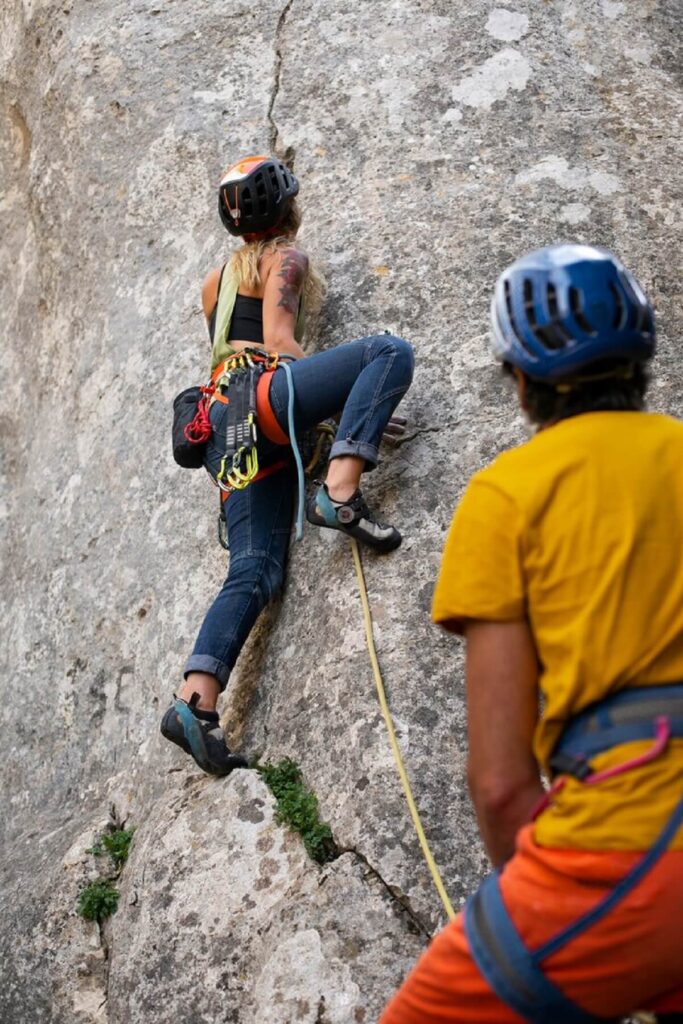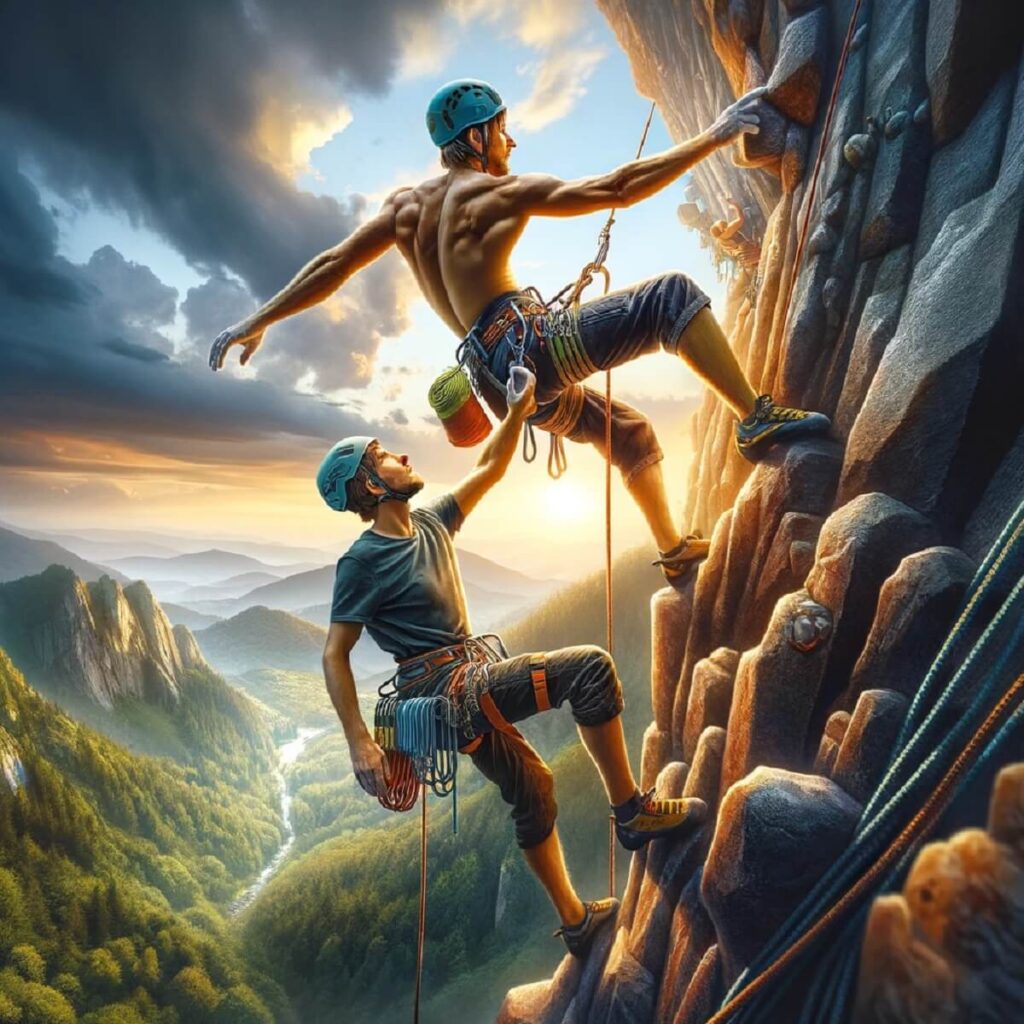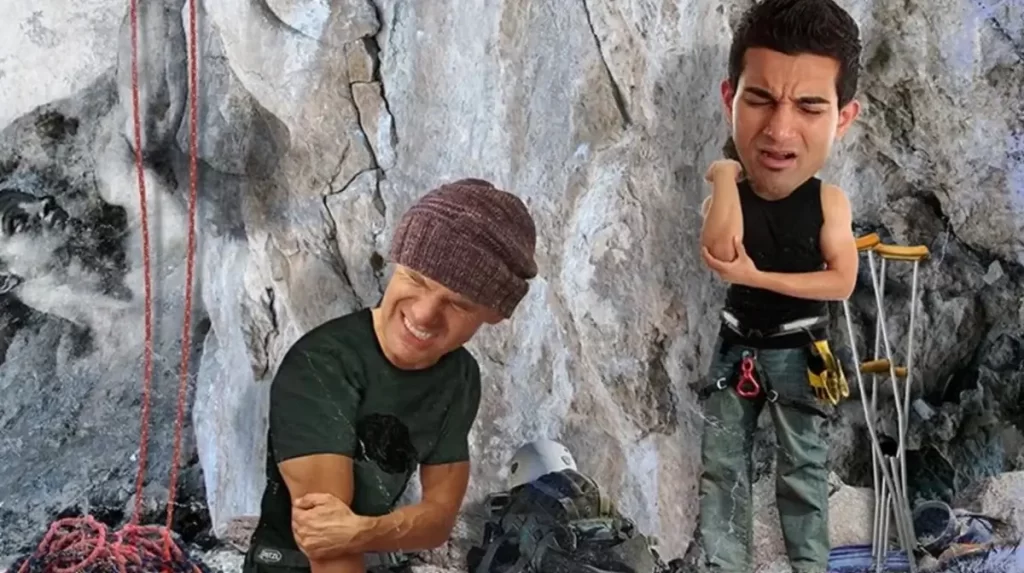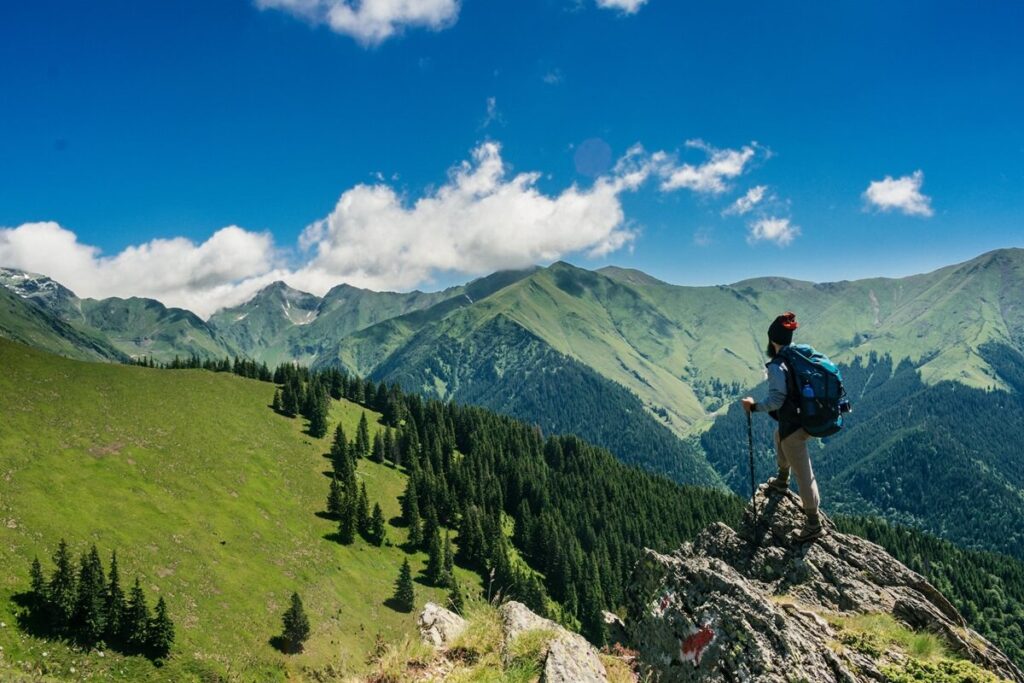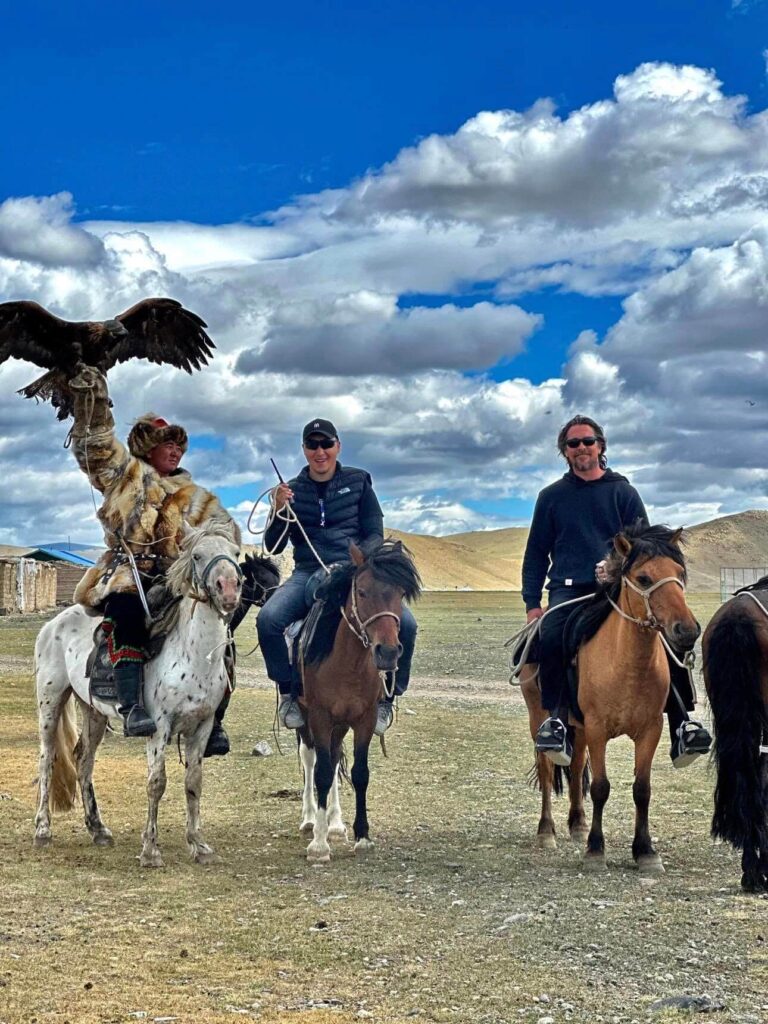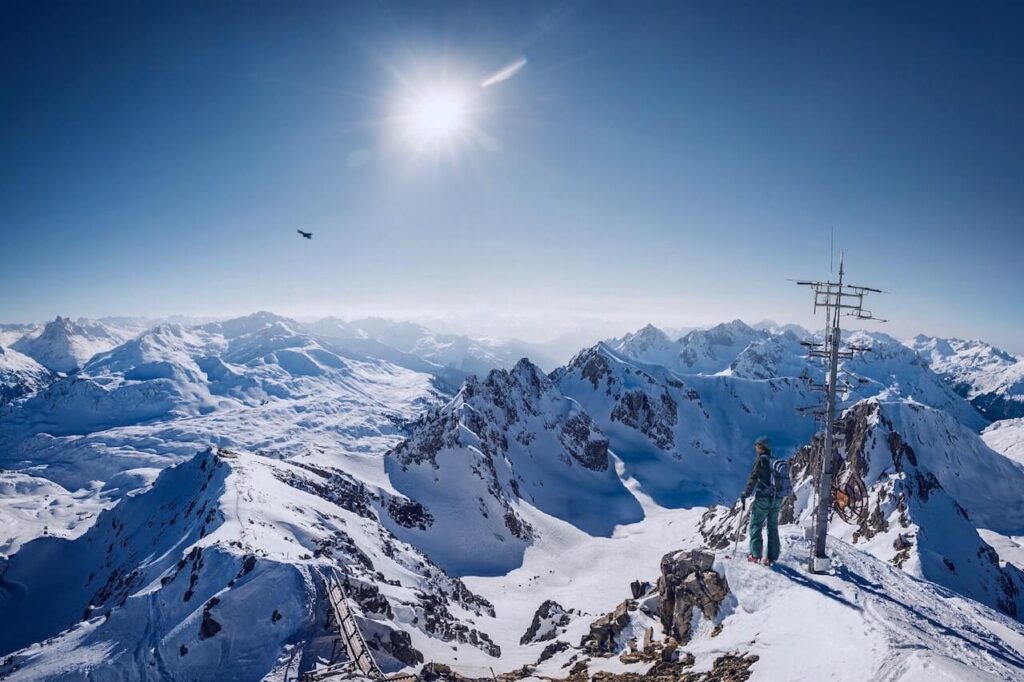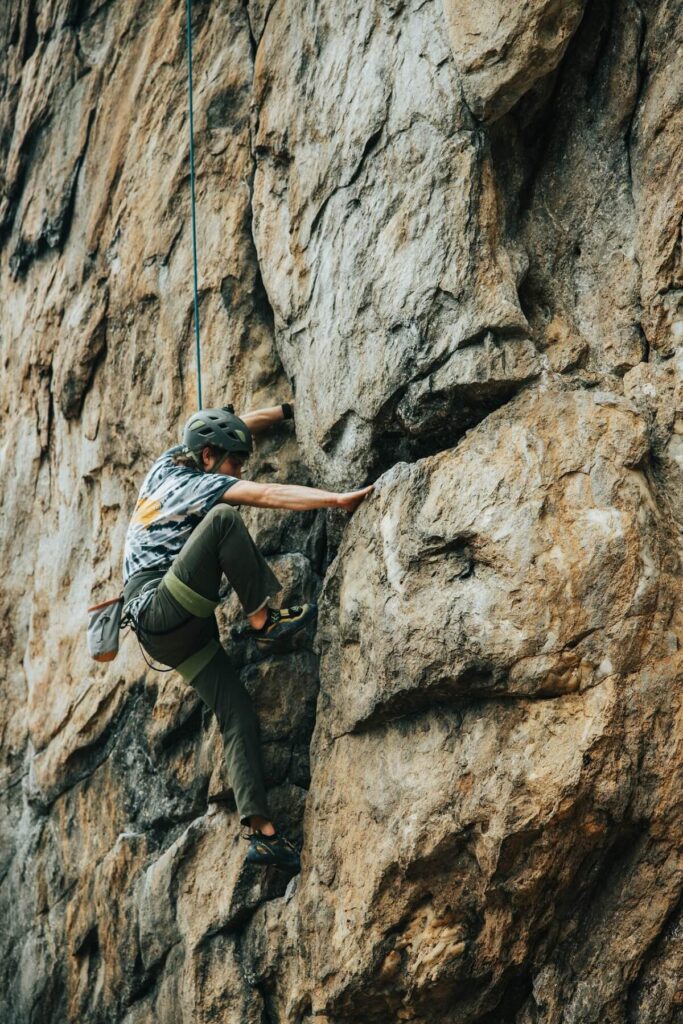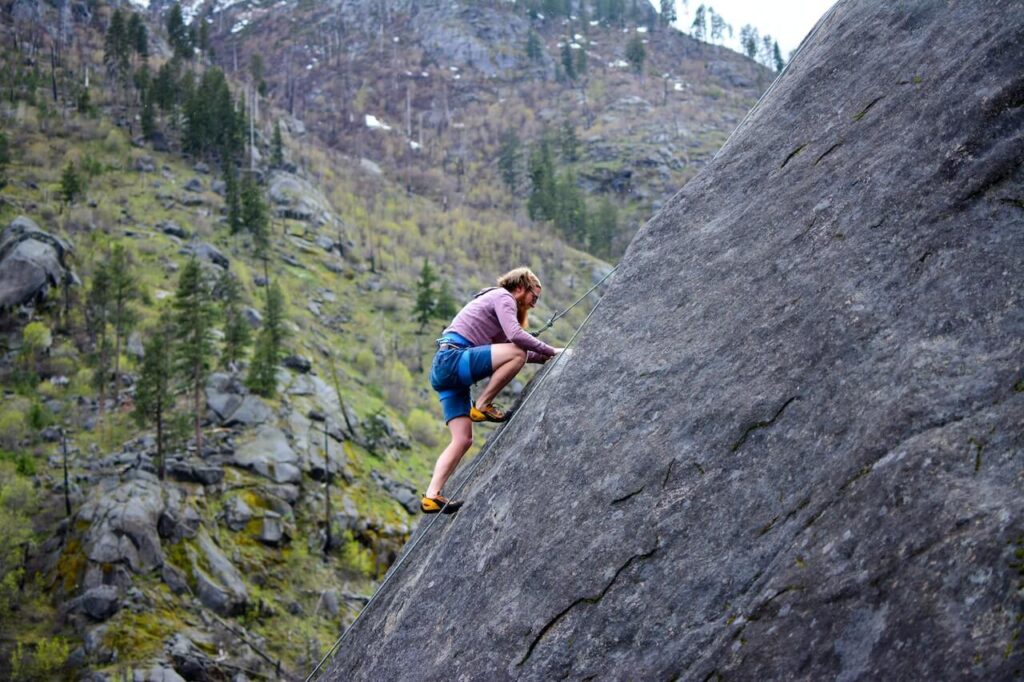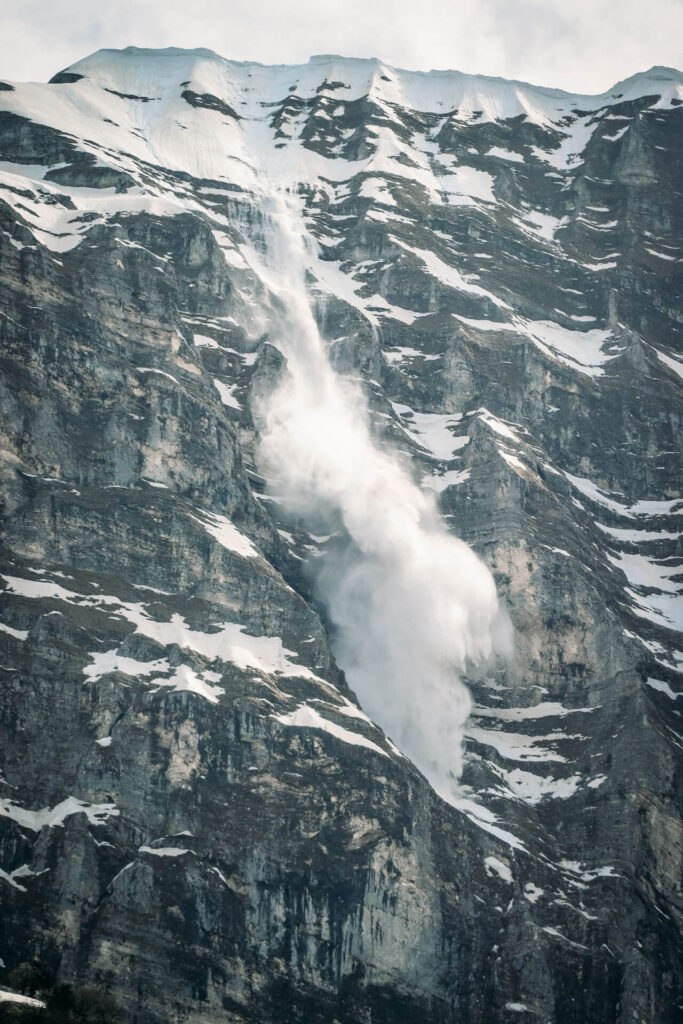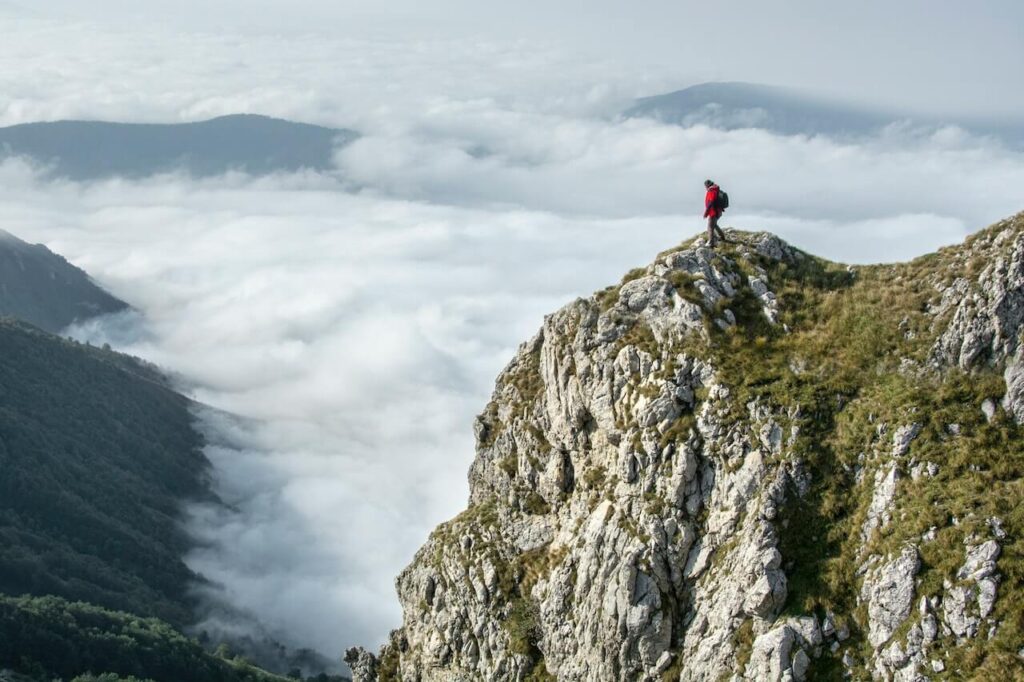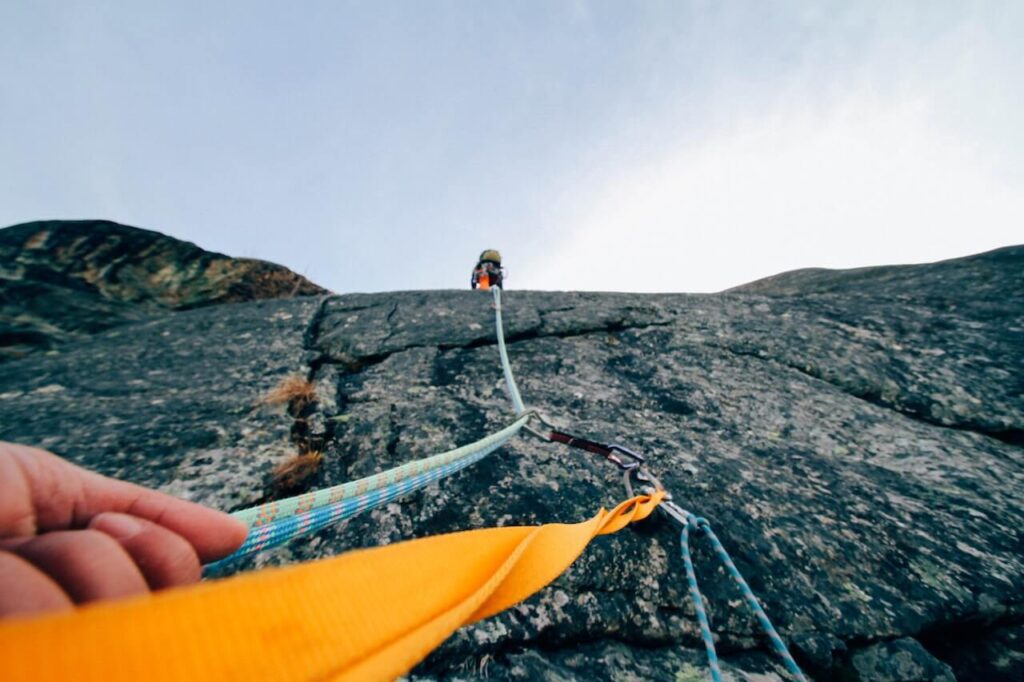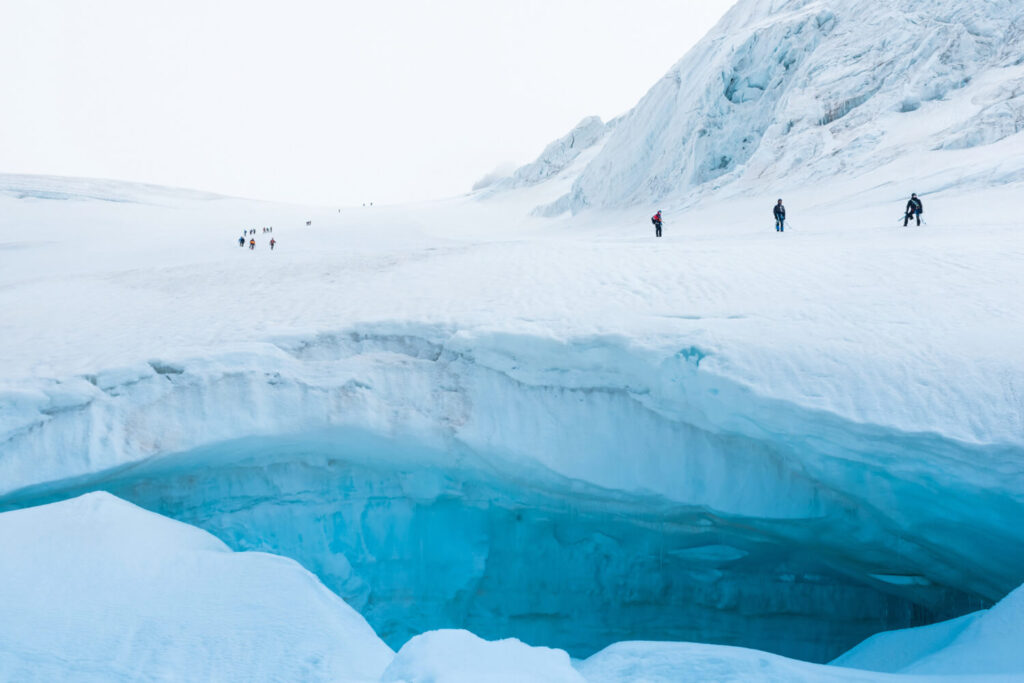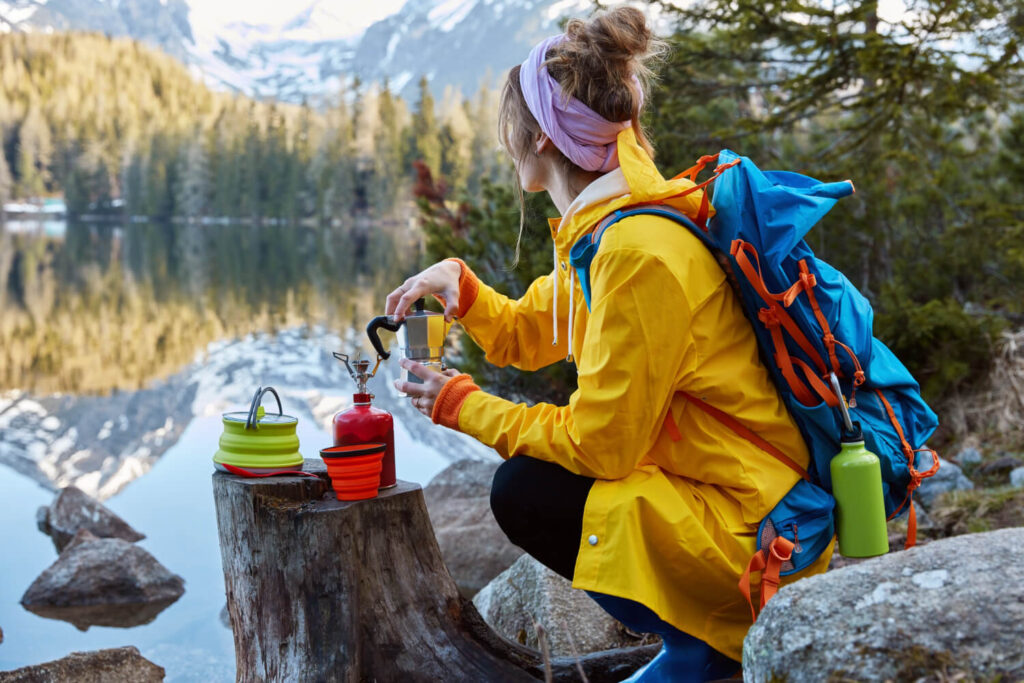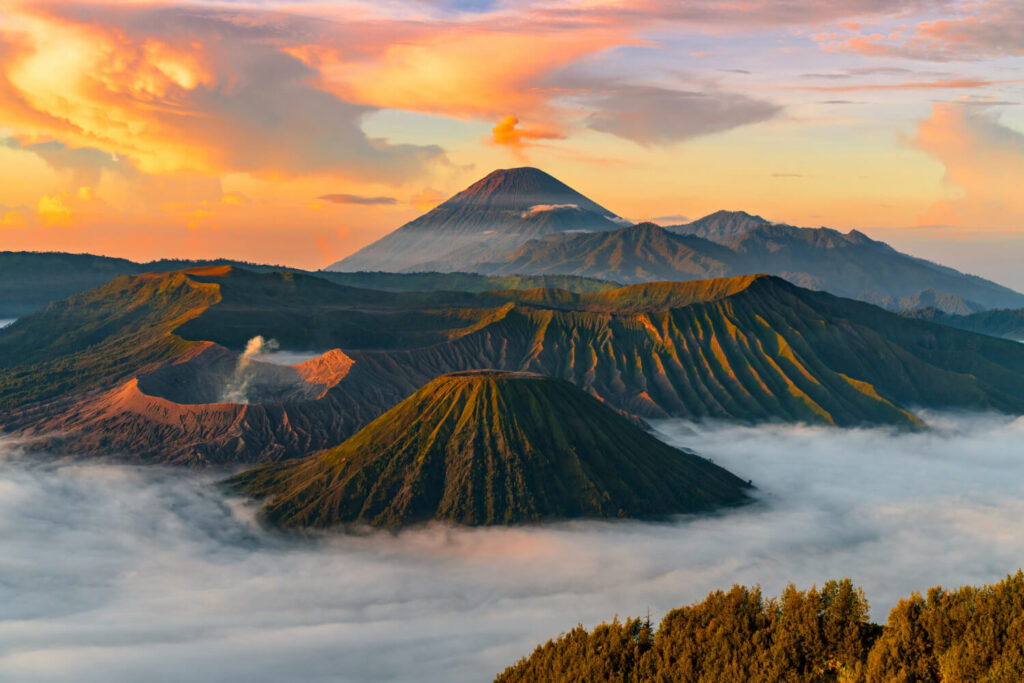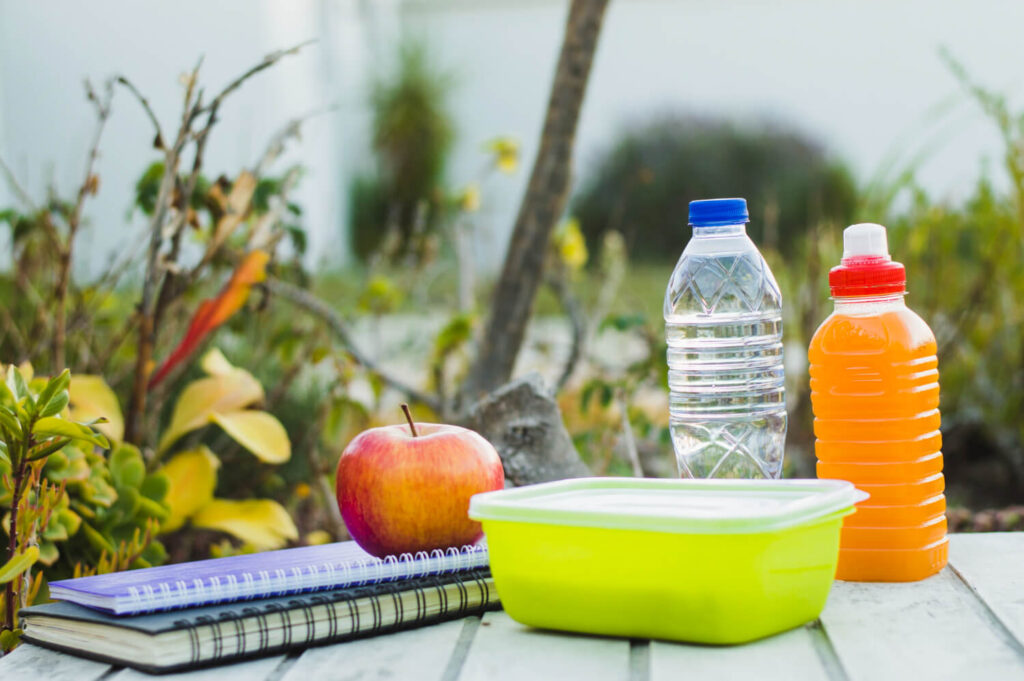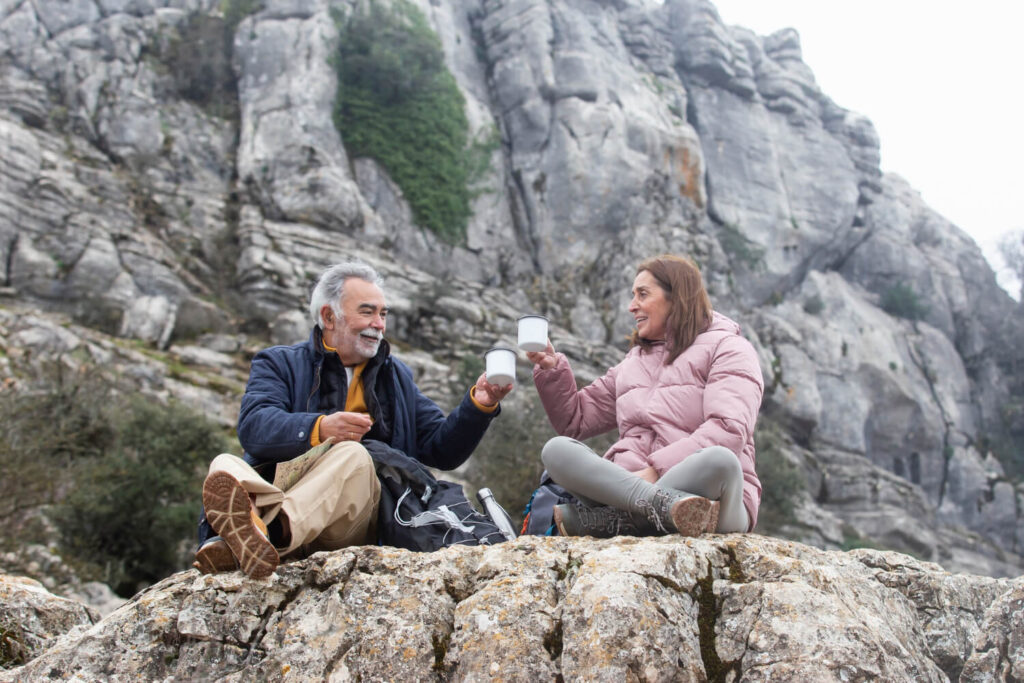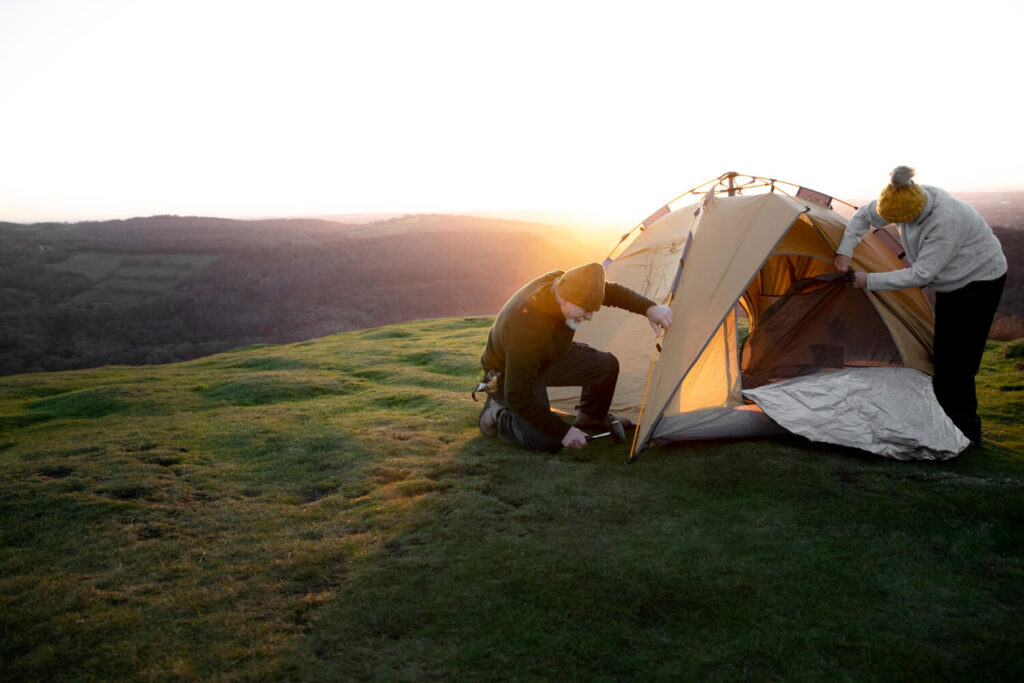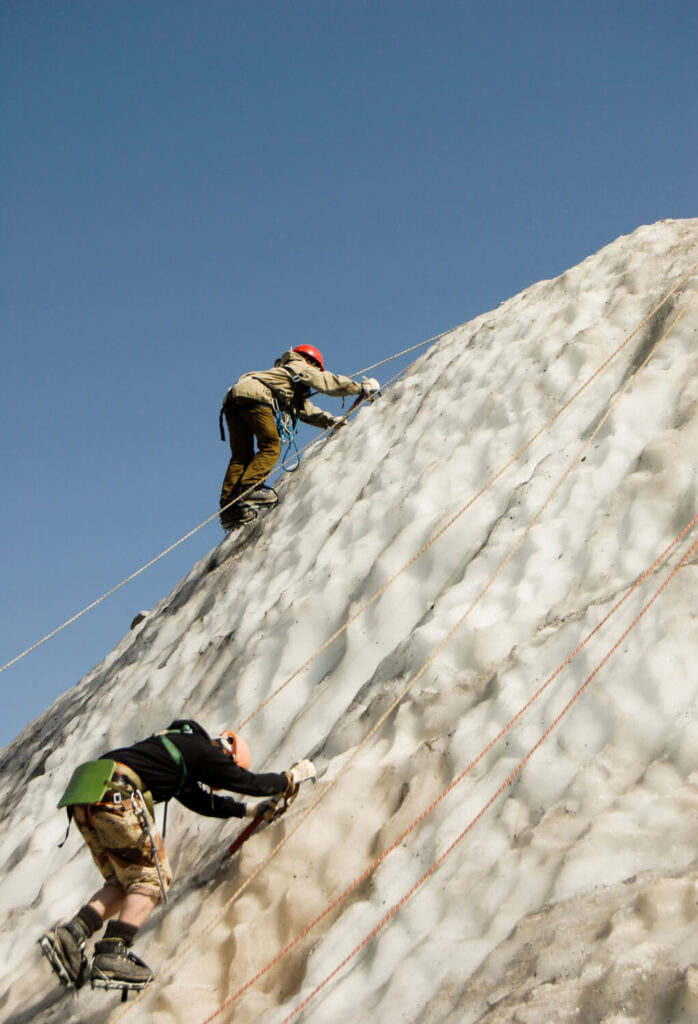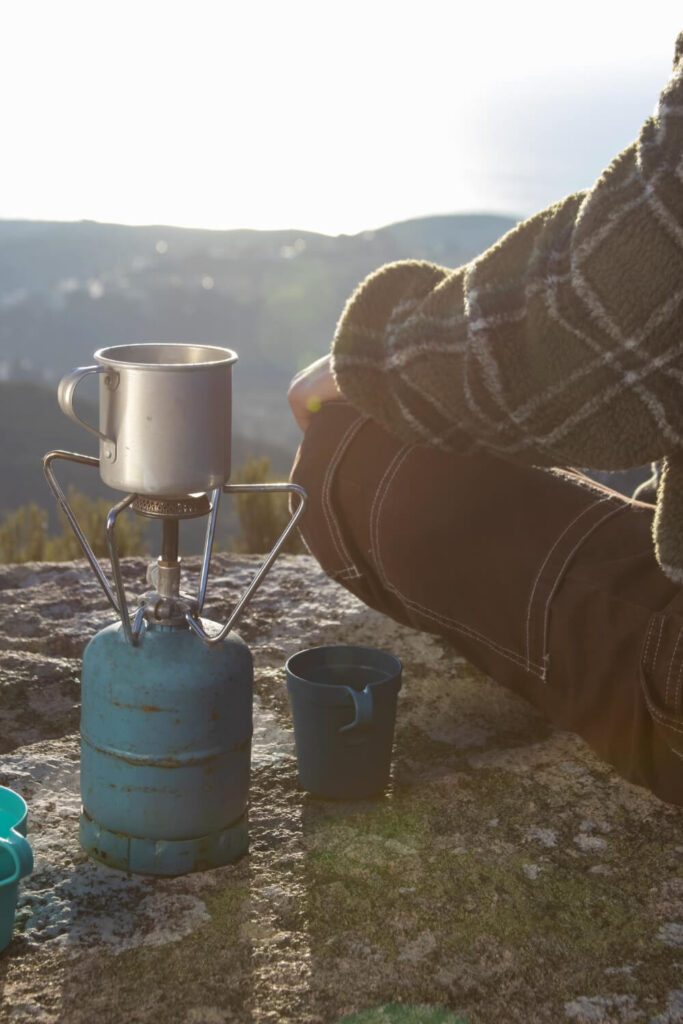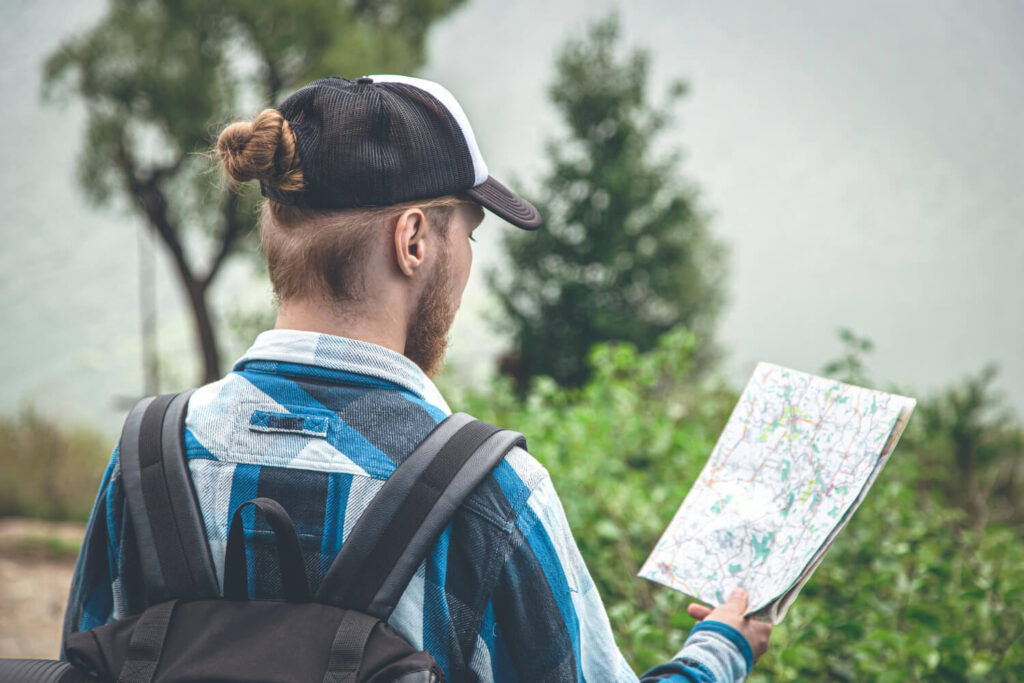Mountain climbing can be an incredibly rewarding experience that offers breathtaking views and a real sense of accomplishment, but it also carries risks. To ensure you make the most out of your mountain climbing adventure, here are some mountain climbing safety tips to keep in mind:
1. Make sure you have the right gear and know how to use them correctly:
Quality mountain climbing gear, like a helmet or the proper clothing for different weather conditions, is critical to being safe whilst rock climbing. Any climber can make a mistake and fall, no matter their skill level; so it’s important to always safeguard your head.
- Always check your knots before beginning to climb, and be especially careful with the lead climber’s tie-in knot. In addition, make sure that both the rope and belay device are attached to the harness with a locking carabiner on the belayer.
- When climbing, always use a rope that is long enough to reach both the anchors and any potential belay ledge. If you are unsure if the rope is long enough, tie a stopper knot at the end of the tail to prevent falling.
- Always keep your rope positioned over your leg, rather than behind or in between them. This will help you to avoid any accidents. If you were to fall and the rope was not over your leg, you would fall upside down and run the risk of injuring yourself.
- Moreover, make sure to put on sunscreen. The sun is more intense at high altitudes, especially if there’s snow. Insect repellent becomes vital during the warmer months, while light-colored clothing can help you stay cooler and pests will be less attracted to you.
- In order to best distribute the weight of your belongings, utilize a backpack with padded straps and a waist belt. Your backpack should fit snugly and have at least two straps.
- If you find yourself deep in the mountains, remember to pack food and water. Being high up makes it harder to stay hydrated since you tend to sweat more.
2.Climb within your ability level.
In order to avoid any potential injuries, make sure you are aware of your fitness level and compare it to the skills needed for the hike or climb. Also, don’t try something new that you have never done before. Go at a moderate pace when hiking or climbing solo–it’s important to be cautious when doing these activities alone.
Never attempt to climb without the proper skills and mountain training required for that specific climbing spot. The conditions and skills necessary can differ a lot from one place to another. If you’re unsure of your abilities, or those in your group, consider hiring a guide or getting professional instruction.
3.Have a plan.
Being prepared for the worst-case scenario on any trip is essential. If you don’t know what to do if someone gets injured or sick, the weather takes a turn for the worse, or your plans end up changing, it’s important to have a plan in place before you leave.
Before every trip, decide on an acceptable turnaround time and make sure someone else knows your itinerary in case of emergency. That way, if anything does happen while you’re gone, you’ll be able to act quickly and decisively.
4. Let Someone Know Where You Are Going
Before you go on your hike, be sure to tell a friend or family member your planned route and what time you anticipate return. By having someone aware of your whereabouts, they can keep an eye out for you in case of any safety concerns—like if you were to fall and get hurt. That way, if something happens and you’re not back when expected, they will know who to contact.
5.In case of emergency, be prepared for self-rescue.
No one can guarantee your safety, and in most places you shouldn’t rely cell phone service. Instead, always have a plan for self-rescue and be prepared to call out loudly for help if something unexpected happens.
If you do have a working phone available, dial emergency contact number of that country and be ready to describe the nature of the injury or accident, how many people are involved, where exactly you are (including well-known landmarks or features), and finally establish an easily accessible meeting place nearby so that rescuers can find you more easily. Lastly, it’s important to report ALL climbing related injuries – even those that don’t seem serious enough to require outside assistance..
6.Be prepared for any weather
Harsh conditions on a mountain hike can be deadly. Before you go, check the weather report from the night before as well as in the morning. If bad weather is forecasted, don’t risk it; call off your plans and try again tomorrow . The mountains will still be waiting for you.
Make sure to check the weather forecast before you leave, but always pack some extra layers in case the temperature changes. The higher altitude you’re at, the closer you are to the sun, so it’s important to wear sunscreen and keep yourself protected from its harmful rays. Not only can getting sunburn be painful in the moment, but it can also have long-term health effects. So even if it’s raining or cloudy outside, remember to put on sunscreen and reapply it throughout the day.
7.Make sure your group has clear communication terms and knows when to use them.
Wind and other external noises can make it very complicated to hear one another. Before you embark on your mountain climbing adventure, ensure that everyone understands the nonverbal communication plan.
This could include whistles for danger and hand gestures for directions. By having a set plan and understanding how to properly communicate with one another, you will help maintain everyone’s safety while rock climbing.
By following these mountain climbing safety tips, you can have a safe and successful mountain climbing experience. Remember to always be prepared for the worst-case scenario, double check your equipment and clothing, communicate with your group, and most importantly—enjoy the view! With the proper precautions being taken before setting out on an adventure in the mountains , the journey can be one of the most rewarding experiences. So don’t let fear stop you from exploring—just make sure that safety is your number one priority.
Happy mountain climbing!

